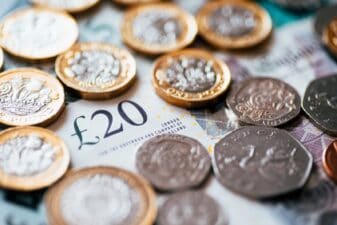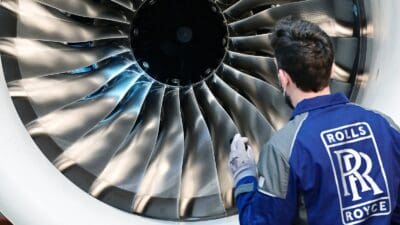 Aviva (LSE: AV) (NYSE: AV.US) has outperformed the FTSE 100 so far this year: the insurer’s shares remain up by 10% on the start of the year, despite falling by more than 5% over the last month.
Aviva (LSE: AV) (NYSE: AV.US) has outperformed the FTSE 100 so far this year: the insurer’s shares remain up by 10% on the start of the year, despite falling by more than 5% over the last month.
The question for shareholders like me is whether Aviva remains a buy, or whether the firm’s recovery is already priced into the shares.
Valuation
Let’s start with the basics: how is Aviva valued against its past earnings, and the market’s expectations of future earnings?
|
P/E ratio |
Current value |
|
P/E using 5-year average earnings per share for continuing operations |
24.7 |
|
2-year average forecast P/E |
9.9 |
Source: Company reports, consensus forecasts
It’s clear that Aviva’s business has gone through a period of turmoil over the last five years, but things are improving.
Analysts’ consensus forecasts suggest earnings per share of 47.8p this year and 51.7p in 2015, making the shares look cheap at 500p, on a P/E of just under 10.
Shareholders who have suffered multiple dividend cuts over the last decade are also expected to be rewarded, as the firm’s payout is expected to rise to 16.7p per share in 2014 and to 19.1p in 2015 — equivalent to prospective yields of 3.4% and 3.9% respectively.
This puts Aviva’s payout broadly in line with the FTSE 100 average, which is currently 3.6%.
What about the fundamentals?
Aviva’s business has been substantially reshaped over the last couple of years, as chief executive Mark Wilson has gradually executed his turnaround plan for the business, reducing debt, improving cash flow and divesting non-core businesses.
The impact of these changes — and the previous downturn in the firm’s business — has been to shrink Aviva, as these figures show:
|
Metric |
5-year compound average growth rate |
|
Income |
-5.1% |
|
Expenses |
-5.1% |
|
Pre-tax profit |
-5.5% |
|
Dividend |
-9.0% |
|
Book value |
-6.1% |
Source: Company reports
These figures cover the 2009 – 2013 financial years. In fairness to Mr Wilson, 2014 is the first year when shareholders will be able to see the initial results of his changes.
Aviva’s first-half figures, published in August, were promising:
|
Results |
H1 2014 |
|
Operating profit |
+4% |
|
Operating expenses |
-8.4% |
|
Interim dividend |
+4.5% |
|
Book value |
+7% |
We won’t see Aviva’s full-year figures until March 2015, but the insurer is due to release a third-quarter update on 30 October, which should provide some indication of whether these positive trends are continuing.
25% upside?
If Aviva can deliver on current forecast earnings, I believe it offers the potential for a significant re-rating: Aviva is currently valued at around 10 times forecast earnings, compared to a sector average of around 12.5.
This implies Aviva could deliver a further 25% upside to shareholders, if the company’s turnaround plan continues to be successful. In my view, the balance of risk is very favourable, and I continue to rate Aviva as a buy.





